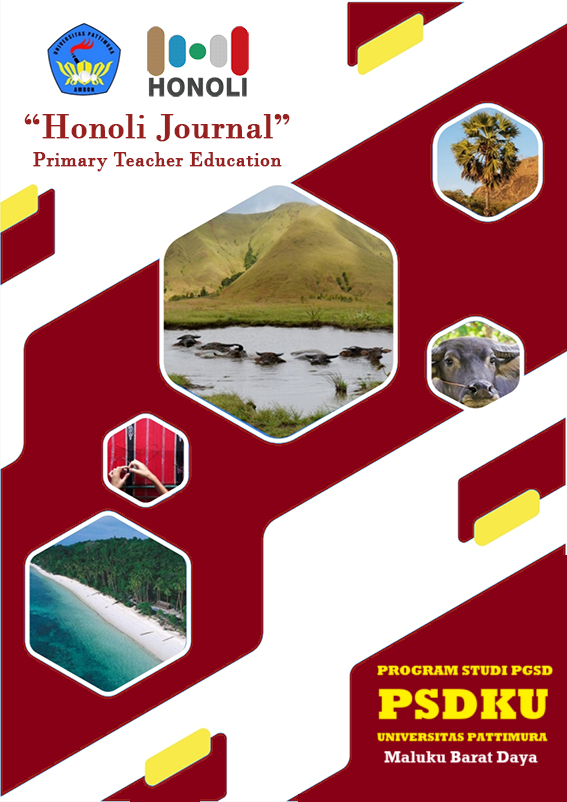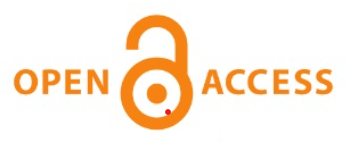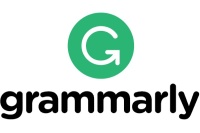Improving Learning Outcomes in Integrated Science on the Topic of Force through the Children’s Learning in Science Model among Grade IVb Students at Elementary School Negeri Tiakur
Abstract
This study aims to improve student learning outcomes by implementing the Children’s Learning In Science (CLIS) learning model in Class IVb of SD Negeri Tiakur, Moa District, Southwest Maluku Regency. The study used a classroom action research (CAR) method, conducted at the school with 32 students as research participants. Data were collected through observation, documentation, and written tests. The results showed a significant improvement in student learning outcomes. In the initial test, only 12 students (37.5%) achieved the Minimum Mastery Criteria (MMC). After applying the CLIS model in Cycle I, the number of students who met the MMC increased to 19 (59.5%). In Cycle II, all students (100%) successfully achieved scores that met the MMC. This improvement indicates that constructivist-based learning such as CLIS helps students develop a deeper understanding of scientific concepts. Therefore, the CLIS model is highly recommended for use in science learning at the elementary school level. This model also effectively increases students' active participation during the learning process.
Downloads
References
Alvianita, N., Abustang, P. B., & Fatimah, W. (2020). Meningkatkan Hasil Belajar Siswa Melalui Penerapan Model Think Pair Share. Pedagogia Jurnal Ilmu Pendidikan, 18(03), 250–256. https://doi.org/https://doi.org/10.17509/pdgia.v18i3.29286
Arikunto, S., & Cepi Safrudin Abdul Jabar. (2009). Evaluasi Program Pendidikan Pedoman Teoritis Praktis Bagi Mahasiswa dan Praktisi Pendidikan. Bumi Aksara.
Awwalin, I. K., & Rachmadtullah, R. (2025). Model Pembelajaran Children Learning in Science (CLIS) Terhadap Keterampilan Proses Sains Materi Rantai Makanan. Pendas: Jurnal Ilmiah Pendidikan Dasar, 10(01), 221–233.
Bashir, F. A., & Bramastia. (2022). Implementasi Game Based Learning Berbasis Digital. Edukatif : Jurnal Ilmu Pendidikan, 4(6), 8070–8083. https://doi.org/https://doi.org/10.31004/edukatif.v4i6.3819 Copyright (c) 2022 Faqih Abdul Bashir, Bramastia ISSN
Darsanianti, Kune, S., & Ristiana, E. (2024). Implementasi Model Pembelajaran Children Learning in Science (CLIS) Dalam Pembelajaran IPA di Sekolah Dasar. Journal of Education Research, 5(1), 189–196.
Ginanjar, A. A., Handoko, S., & Sukmana, R. W. (2019). Penerapan Model Pembelajaran Children Learning in Science (ClIS) untuk Meningkatkan Hasil Belajar Kognitif Peserta Didik pada Mata Pelajaran IPA. EDUCARE: Jurnal Pendidikan Dan Pembelajaran, 17(2), 132–137.
Herliana, T., Supriadi, N., & Widyastuti, R. (2021). Kemampuan Pemahaman Konsep dan Komunikasi Matematis: Pengaruh Model Pembelajaran Children Learning in Science (CLIS) Berbantuan Alat Peraga Edukatif. Jurnal Cendekia : Jurnal Pendidikan Matematika, 5(3), 3028–3037. https://doi.org/10.31004/cendekia.v5i3.950
Khaerunnisa, Latri, & Lestari. (2022). Penerapan Metode Games Based Learning untuk Meningkatkan Minat Belajar pada Siswa Kelas IV. JIKAP PGSD : Jurnal Ilmiah Ilmu Kependidikan, 6(3), 516–520. http://eprints.unm.ac.id/id/eprint/26574
Kudus. (2023). Pemanfaatan Model Children Learning in Science (CLIS) Dalam Meningkatkan Hasil Belajar Siswa. EDUCATIONAL : Jurnal Inovasi Pendidikan & Pengajaran, 3(3), 251–259. https://doi.org/10.51878/educational.v3i3.2444
Rai, I. G. A., Suryatini, K. Y., & Budiyasa, I. W. (2017). Upaya Meningkatkan Motivasi Dan Hasil Belajar Melalui Penerapan Beberapa Metode Pembelajaran Inovatif. Emasains, 2(7), 180–193. https://doi.org/10.5281/zenodo.3539110
Sidik NH., M. I., & Winata, H. (2016). Meningkatkan Hasil Belajar Siswa Melalui Penerapan Model Pembelajaran Direct Instruction. Jurnal Pendidikan Manajemen Perkantoran, 1(1), 49–60. https://doi.org/10.17509/jpm.v1i1.3262
Sugandi, D., Syach, A., & Nur Fadilah, I. (2021). Model Pembelajaran Children’S Learning in Science (Clis) Terhadap Kemampuan Berpikir Kreatif Siswa Pada Mata Pelajaran Ipa. Jurnal Tahsinia, 2(2), 107–113. https://doi.org/10.57171/jt.v2i2.297






